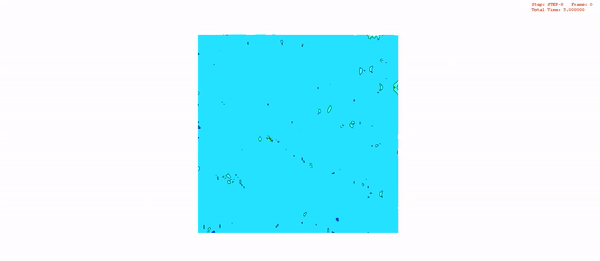Research topics
1. Energy-related Geotechnology
-
Experimental characterization of geomaterials subjected to repetitive loading
-
Numerical study on the energy-related geostructures response
(Offshore foundations and energy piles)
2. Underground Space and Rock Engineering
-
Experimental characterization of strain-dependent dynamic properties in a jointed rock mass
-
Nonlinear vibration analysis of the resonant column test of granular materials
-
Numerical analysis of underground structures considering effective stress and strain nonlinearity
3. Railroad
-
Numerical study on the evaluation of rail track using a time-variant moving train load
-
Development of nondestructive and passive measurement system and evaluation of railway integrity using wireless underground sensor network
4. Others
-
Physics-informed models in geotechnical engineering
-
Diffusion characteristics of spatially correlated heterogeneous soils
a. Experimental characterization of long-term soil response and its application to offshore foundation


Figure a1. Monopile foundation response to horizontal repetitive load for different load cycles: (a) Accumulation of horizontal displacement; Distribution of (b) void ratio and (c) deviatoric stress. Note that the deviatoric stress follows the octahedral definition.
Figure a2. Convective granular flow: Comparison between experimentally-observed and numerically-observed shear localization
b. Experimental characterization of strain-dependent behavior in a jointed rock mass and its numerical application to underground structures


Figure b1. Equivalent Stress-and Strain-Dependent model in a jointed rock mass
Figure b2. Experimental Setup: Quasi-Static RC
c. Numerical study on the evaluation of rail track using a time-variant moving train load



Figure c1. Finite element modeling to implement the moving load applied at the beam nodes. The receiver R is located above the void.

Figure c2. Stress fields while a 3000 train class travels along the beam at V=80km/hr.

Figure c3. Time, frequency, and time-frequency domain analyses. A train 3000 class load with 4 wheels is applied along the beam node. In the time-frequency domain, the dotted red square in the void condition indicates the reflected stress wave
d. Spatial Variability under repetitive loading



Figure d. The void ratio random field is generated at each node, and then the repetitive loading is applied on top surface. As preliminary result, the void ratio field is getting homogenized compared to the initial void ratio field.
e. Preamble: IOT-Based Geotechnics

Figure e. Buried sensor and network system measure the pore water pressure, suction, or temperature. It delivers data to the DCM, and send the data wirelessly using a WPAN system to the access point. Then, the data are transferred to the main Platform with the aid of a backbone network service such as mobile communication or the Internet. This configuration, which incorporates current geotechnology into an IC-based system, enables us to capture unexpected responses of slope through a real-time monitoring system.
